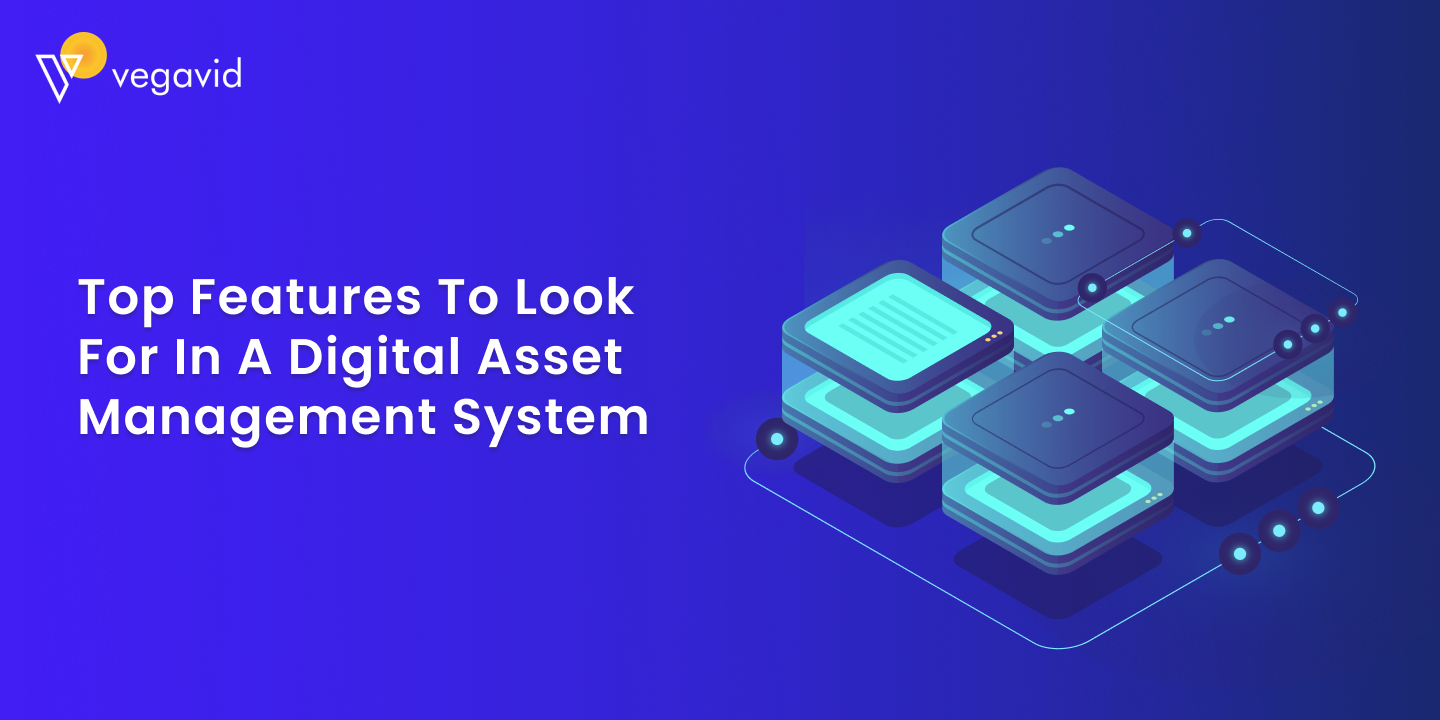
In today’s fast-paced digital landscape, managing digital assets efficiently is crucial for organizations. A Digital Asset Management System (DAM) serves as a central hub to organize, store, and share digital content. As businesses increasingly embrace digital transformation solutions, understanding the key features of a robust DAM becomes essential. This blog will explore the top features to look for when selecting a digital asset management system, ensuring that your organization maximizes its digital content’s value.
1. User-Friendly Interface
A user-friendly interface stands as the cornerstone of an effective digital asset management system. The interface should offer intuitive navigation, allowing users to find assets quickly without extensive training. When teams can access the content they need promptly, productivity soars. Look for systems that prioritize usability, offering features like drag-and-drop functionality and customizable dashboards. A well-designed interface not only enhances user experience but also fosters greater collaboration across departments.
2. Comprehensive Metadata Support
Metadata plays a critical role in organizing digital assets. A strong digital asset management system should support comprehensive metadata fields, enabling users to add keywords, descriptions, and categories. This capability makes searching for assets easier, saving valuable time and effort. Additionally, the system should allow for custom metadata fields, enabling organizations to tailor the metadata to fit their specific needs. By enhancing metadata support, teams can locate assets quickly, facilitating smoother workflows and more efficient digital transformation.
3. Advanced Search Capabilities
The ability to locate assets efficiently remains paramount. A digital asset management system must feature advanced search capabilities, including keyword searches, filters, and faceted navigation. This allows users to pinpoint the exact assets they need based on various criteria such as file type, date, and custom metadata tags. Implementing robust search functionalities reduces frustration and enhances user satisfaction, ultimately contributing to a more productive work environment.
4. Version Control and History Tracking
Version control is essential for managing digital assets, especially when multiple team members collaborate on projects. A reliable digital asset management system should maintain version histories, allowing users to track changes made to assets over time. This feature ensures that teams can access previous versions if needed, preventing potential mishaps and miscommunications. It also promotes accountability among team members and simplifies the process of restoring previous versions when necessary.
5. Security Features
Protecting digital assets is crucial in today’s digital landscape. Organizations must look for a digital asset management system that provides robust security features. This includes user authentication, role-based access controls, and encryption. By implementing these measures, organizations can safeguard their assets from unauthorized access or breaches. Additionally, the system should facilitate secure sharing options, ensuring that only authorized users can access sensitive content. Enhanced security measures not only protect assets but also build trust among clients and partners.
6. Integration with Other Tools
Seamless integration with existing tools is vital for a successful digital asset management system. Organizations often rely on various software solutions for marketing, project management, and communication. A DAM that integrates with popular applications such as Adobe Creative Cloud, Slack, and content management systems enhances efficiency. By connecting a digital asset management system with other tools, teams can streamline workflows and ensure consistent branding across all channels.
7. Cloud-Based Accessibility
With remote work becoming increasingly common, cloud-based accessibility stands out as a must-have feature. A digital asset management system should enable users to access assets from anywhere, on any device. This flexibility fosters collaboration among team members, regardless of their physical location. Moreover, cloud-based systems often offer automatic updates, ensuring that users always have access to the latest features and security enhancements. When evaluating a DAM, consider its cloud capabilities and how they align with your organization’s remote work policies.
8. Analytics and Reporting
Data-driven decision-making becomes more critical as organizations embrace digital transformation solutions. A strong digital asset management system should include analytics and reporting features that provide insights into asset usage, performance, and user engagement. These insights allow organizations to identify which assets resonate most with their audience, helping refine future content strategies. By leveraging analytics, teams can optimize their digital assets for maximum impact and return on investment.
9. Customizable Workflows
Every organization has unique workflows and processes. A flexible digital asset management system should allow for customizable workflows that fit specific organizational needs. This feature enables teams to define processes for asset approval, review, and publishing. Customizable workflows enhance collaboration and ensure that assets move smoothly through various stages of production. When teams can tailor workflows to their needs, they experience greater efficiency and improved project outcomes.
10. Asset Sharing and Collaboration
Effective collaboration is essential for maximizing the value of digital assets. A digital asset management system should facilitate easy sharing of assets with internal and external stakeholders. Look for features that enable users to create shareable links, set expiration dates, and control access levels. By providing these options, organizations can foster collaboration while maintaining control over their digital assets. Whether sharing assets with clients, partners, or team members, a robust DAM simplifies the collaboration process.
Conclusion
Selecting the right digital asset management system is critical for organizations aiming to enhance their digital strategies and streamline workflows. By prioritizing features such as user-friendly interfaces, advanced search capabilities, security measures, and integration with existing tools, businesses can position themselves for success in the digital landscape. Investing in a comprehensive DAM not only optimizes asset management but also supports broader digital transformation solutions. At Vegavid Technology, we understand the importance of effective digital asset management in driving business success. Our solutions help organizations leverage their digital content efficiently, enabling teams to focus on what matters most—creating exceptional experiences for their customers. Embrace the power of digital asset management today and unlock the full potential of your digital assets











